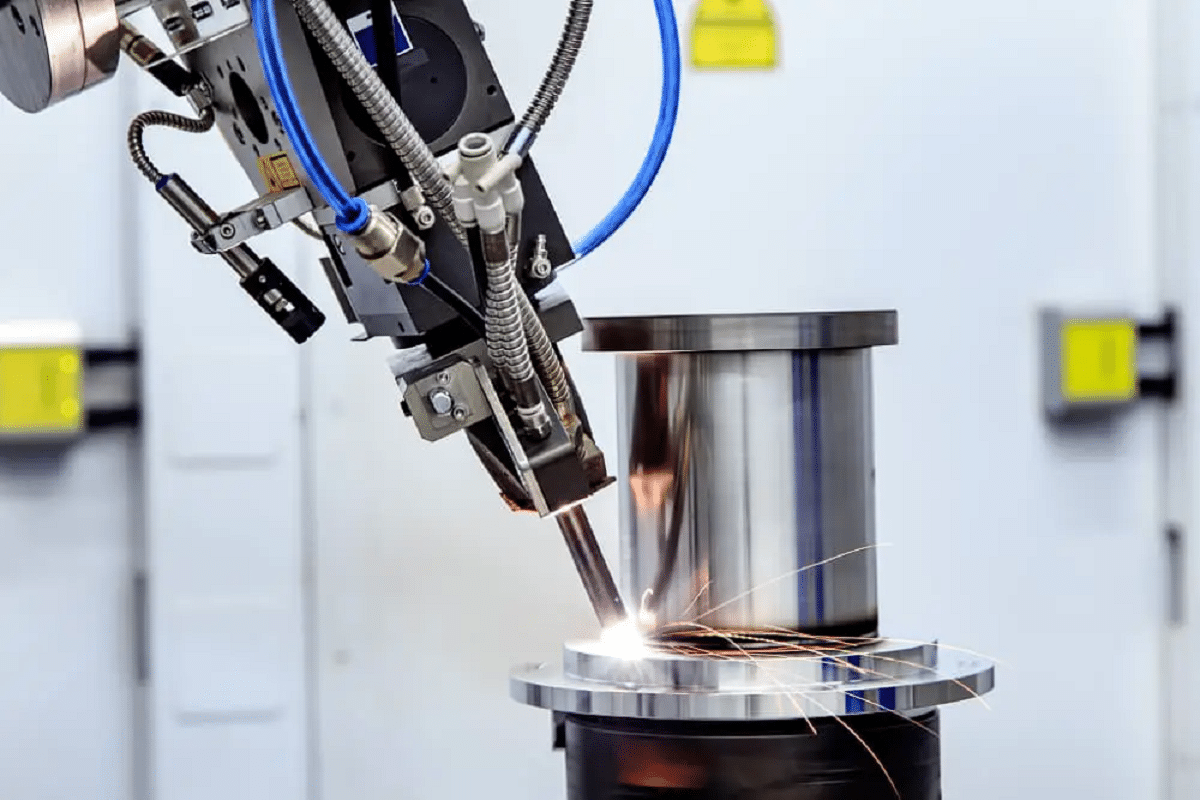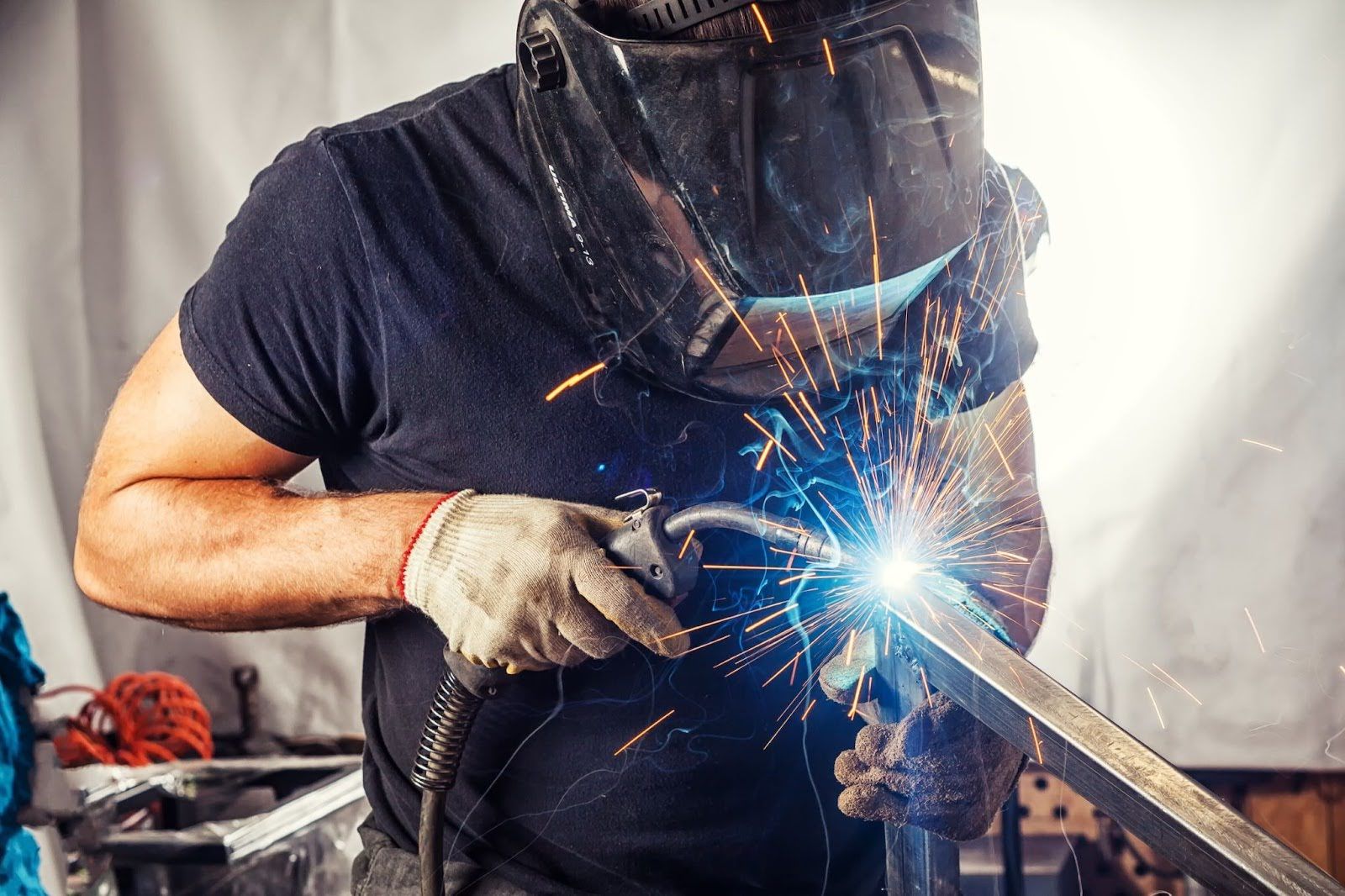Specialist Approaches for Preventing Weld Undercut Properly
Specialist Approaches for Preventing Weld Undercut Properly
Blog Article
Understanding the Causes and Solutions for Undercut Welding in Steel Fabrication Procedures
In the realm of steel manufacture processes, the occurrence of undercut welding poses a significant challenge that demands a comprehensive understanding of its reasons and viable services. The intricate interaction of numerous factors during welding procedures can result in this unwanted sensation, affecting the structural integrity and overall high quality of the bonded joints - Preventing weld undercut. By exploring the origin creates of undercut welding and checking out reliable restorative measures, producers can boost the criterion of their handiwork and guarantee the manufacturing of perfect steel components
Typical Root Causes Of Undercut Welding
Regularly neglected in steel fabrication, undercut welding occurs because of different factors that demand precise focus and knowledge to be successfully mitigated. One common root cause of undercut welding is too much heat input. When the warm input is too expensive, it can cause the melting and subsequent disintegration of the base product along the edges of the weld joint, creating a groove or undercut. In addition, inappropriate welding methods, such as utilizing the wrong welding angle or take a trip rate, can likewise add to damage development. Insufficient shielding gas protection is another vital element that can result in undercutting. Insufficient gas insurance coverage stops working to protect the weld swimming pool properly, resulting in oxidation and undercut flaws. In addition, the selection of welding specifications, such as voltage, existing, and wire feed speed, plays a substantial duty in the event of undercut welding. Recognizing these common causes is crucial for applying safety nets and making certain premium welds in steel fabrication procedures.
Impact of Incorrect Welding Parameters
Incorrect welding criteria can substantially jeopardize the integrity and top quality of welded joints in steel manufacture procedures. The impact of wrong welding parameters manifests in different means, leading to architectural weak points and issues in the welded elements. One vital aspect influenced by improper welding specifications is the penetration depth of the weld. Insufficient heat input due to low welding currents or excessively high traveling speeds can result in inadequate fusion in between the base steels, resulting in incomplete joint penetration and weakened bonds. Alternatively, too much warmth input brought on by high welding currents or sluggish traveling speeds can bring about burn-through and excessive reinforcement, creating a fragile and unpredictable weld framework. Additionally, incorrect parameters such as inappropriate voltage settings or wrong electrode angles can contribute to unpredictable weld grain profiles, lack of blend, and enhanced possibilities of defects like damaging. As a result, careful focus to welding parameters is critical to ensure the manufacturing of top notch welds with the wanted mechanical residential properties and structural integrity.
Effect of Improper Lantern Angle
Improper torch angle in welding operations can dramatically affect the quality and integrity of the final weld joints in steel fabrication processes. The lantern angle plays an important role in figuring out the warm input and distribution throughout welding. When the torch angle is wrong, issues such as undercutting can occur. Undercutting is a common welding defect where a groove develops along the weld toe, damaging the joint and compromising its structural honesty.
A lantern angle that is too steep can lead to insufficient penetration, insufficient combination, and boosted spatter. On the various other hand, a torch angle that is as well shallow can lead Homepage to excessive infiltration, burn-through, and distortion of the base product. Preventing weld undercut. Correct torch angle is essential for guaranteeing regular weld quality, strength, and look
To avoid damaging and other issues created by inappropriate torch angles, welders have to be educated to keep the proper lantern angle throughout the welding procedure. Normal monitoring and modification of torch angles throughout welding can aid attain audio welds with minimal flaws.
Function of Inadequate Welding Methods

One more element of insufficient welding strategies is inappropriate weld preparation. Poor cleansing of the base metals, inaccurate joint style, or inadequate side preparation can all contribute to damage welding. In addition, insufficient securing gas insurance coverage or using the wrong kind of gas can result in insufficient fusion and the formation of undercut defects.
To deal with the duty of inadequate welding techniques in metal fabrication processes, it is necessary to supply extensive training for welders. Correct education and learning More hints on welding criteria, joint prep work, and protecting gas option can help protect against undercut welding and ensure top quality welds in metal fabrication projects.
Reliable Solutions for Undercut Welding
Addressing undercut welding in steel manufacture calls for carrying out effective services to boost weld high quality and structural honesty. Among the primary options to battle undercut is to change welding specifications such as voltage, present, and take a trip rate to ensure correct warm input and blend. By fine-tuning these settings, welders can prevent too much melting of the base metal and filler product, minimizing the chance of undercut formation.
In addition, correct joint preparation is vital in avoiding undercut. Guaranteeing tidy base right here steel surfaces complimentary of pollutants and utilizing the suitable bevel angle can aid advertise far better weld penetration and minimize the danger of undercut - Preventing weld undercut. Utilizing appropriate welding techniques, such as oscillating the torch or weaving, can also assist in dispersing heat uniformly and loading the weld joint sufficiently, minimizing the possibility of undercut issues
Moreover, picking the right welding consumables, consisting of electrodes and filler metals, is vital in mitigating undercut. Utilizing products with ideal chemical structures and mechanical residential or commercial properties can add to achieving sound welds with very little undercut. Regular examination and quality assurance steps should likewise be carried out to find and deal with undercut problems promptly, making certain the general honesty of produced steel elements.

Verdict
Finally, recognizing the reasons and solutions for undercut welding in steel construction procedures is important for attaining high-grade welds. By attending to usual reasons such as wrong welding parameters, improper lantern angle, and poor welding strategies, welders can avoid damaging and ensure strong, long lasting welds. It is vital to focus on these elements and implement effective options to improve the overall welding process and end product top quality.

Report this page